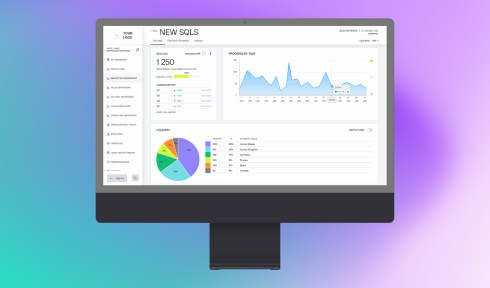Conducting effective meetings is a real art that requires knowledge, experience, careful preparation and planning. In this article, I’ll talk about how to manage meetings with your employees and share some practical tips.
Common Meeting Mistakes
Meetings are important to any company’s work, but sometimes they can be ineffective. As the CEO of our company, I would like to share with you some recommendations that will help you avoid the most common mistakes during meetings.
1. You need to make sure that the purpose of the meeting is clear to everyone present. An unclear goal leads to unnecessary discussions and a waste of time.
2. It is important to be prepared for the meeting in advance. Participants should be familiar with the agenda and understand the topics to be discussed. Being unprepared will result in ineffective discussions and lost time.
3. Keep the meeting on time and on track. Meetings that run over become ineffective and produce undesirable results.
4. Ensure that the agenda is well structured and consistent. The meeting should be organised and efficient; disorganised and inefficient discussions can slow down the company’s work.
5. Meeting participants should show respect for each other. Disrespectful behaviour can lead to strained relationships and ineffective work.
6. Use technology effectively. Improper handling of technology will waste time and make attendees nervous.
To avoid these mistakes, I recommend setting ground rules, preparing participants in advance, sticking to the schedule and structuring the meeting, respecting each other and using technology effectively.
What is a Meeting Agenda and Why Does It Matter?
I want to draw your attention to the importance of meeting rules in business processes. Meeting rules are a set of rules that define the procedure for conducting and interacting with participants at a meeting. Including such items as the agenda, format and duration of the meeting, roles and responsibilities of participants, as well as tools and materials required for work, plays a key role in achieving the efficiency and productivity of the meeting.
Each item on the agenda is important, and its implementation is necessary for the proper organisation of work at the meeting. By following the meeting rules, you can avoid confusion and conflicts, reduce the time spent preparing and conducting the meeting, and achieve the best results. It helps to define goals and objectives, set priorities and give clear instructions to participants. This approach increases efficiency and productivity and improves communication between participants, contributing to overall performance and quality of work.
Hands-on Tips for Conducting Meetings
I’d like to share with you some hands-on tips on how to run meetings effectively. As you know, meetings are important for achieving the company’s goals and solving the tasks we set for ourselves.
However, to make a meeting productive, you need to follow a few principles:
1. Introduction
Always start a meeting by greeting everyone present. This will set a positive atmosphere and help create team spirit. Remember that teamwork is the key to success.
2. Review the metrics for the previous period
Before starting the discussion, it is recommended to review the key metrics and indicators for the previous period (for example, the previous week). This will help all participants understand the current state of the project, as well as provide an opportunity to analyse and make the necessary adjustments.
Related Experience

3. Review the results of the previous period
Review the results of the previous period to see if the goals were achieved. If the plan was not fulfilled, ask employees to indicate the reasons, to avoid similar mistakes in the future. For clarity, you can use presentations with photos and screenshots, which will also help in summarising and analysing the team’s performance.
4. Discuss problems and issues with employees
Give everyone in the meeting a chance to speak up and share their current work problems and issues. This will help avoid misunderstandings and increase the overall effectiveness of the team. Try to listen attentively and be respectful of each participant’s opinion.
5. Highlight concerns and questions as a team leader
The team leader should ask questions to check for understanding of the project’s current state and ensure everyone is moving in the same direction. The team leader has to be in tune with the other members and help them achieve their goals.
Online video conferencing platforms, document-sharing technologies and online voting and feedback tools can be used to organise meetings. You can also use different meeting formats, such as discussions, brainstorming and training games, to keep participants interested and motivated.
However, don’t forget that preparation and planning are also important for effective meetings. The team leader should define the goals and agenda in advance, prepare the necessary materials and distribute tasks among the participants. It is also important to determine the exact time frame for the start and end of the meeting to avoid unnecessary delays and distractions.
In summary, effective meetings are a key tool for managing a team and achieving common goals. By using the right agenda and different meeting formats, you can increase team productivity and achieve project success.
Are your meetings as effective as they could be? Contact Computools at info@computools.com to explore how our insights and strategies can transform your meeting culture and enhance team productivity.

Computools
Software Solutions
Computools is a digital consulting and software development company that delivers innovative solutions to help businesses unlock tomorrow.









“Computools was selected through an RFP process. They were shortlisted and selected from between 5 other suppliers. Computools has worked thoroughly and timely to solve all security issues and launch as agreed. Their expertise is impressive.”